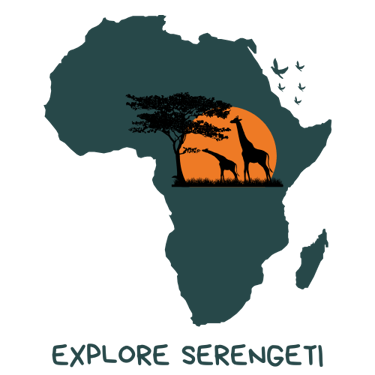Trophy hunting in Tanzania
Trophy hunting in Tanzania is a regulated activity that has garnered significant attention due to its implications for wildlife conservation and management.
12/24/20241 min read


Overview of Trophy Hunting Regulations
Hunting Season: The official hunting season runs from July 1 to December 31. This period coincides with the dry months, making wildlife more accessible for hunting
Permits and Fees: Hunters must obtain specific permits and pay substantial fees. For instance, fees can range from $10,000 to $20,000 for hunting elephants, while lions may cost around $12,000. Additionally, hunters are required to present proof of their kill, such as skin or hooves
Compliance and Oversight: All hunts must be conducted under the supervision of a government game scout to ensure adherence to regulations. This includes maintaining records of what is taken or wounded during the hunt
Recent Developments
In 2018, Tanzania lifted a ban on trophy hunting that had been imposed in 2015 due to concerns over permit misuse and wildlife trafficking. This decision aimed to reinvigorate the trophy hunting industry but raised alarms about potential non-compliance with regulations
Recent reports have highlighted violations of hunting regulations, including illegal hunting outside designated seasons and the destruction of evidence related to these activities. Such breaches suggest a need for improved regulatory oversight
Conservation Implications
Trophy hunting is controversial, with arguments both for and against it:
Supporters argue that regulated trophy hunting can generate revenue for conservation efforts and local communities, providing economic incentives to protect wildlife.
Critics contend that it can lead to overexploitation of vulnerable species and may be exploited by criminal syndicates for illegal wildlife trade under the guise of legitimate hunting activities
Conclusion
Trophy hunting in Tanzania is a complex issue intertwined with conservation efforts, economic interests, and regulatory challenges. As the country continues to navigate this landscape, the balance between sustainable practices and wildlife protection remains critical.
